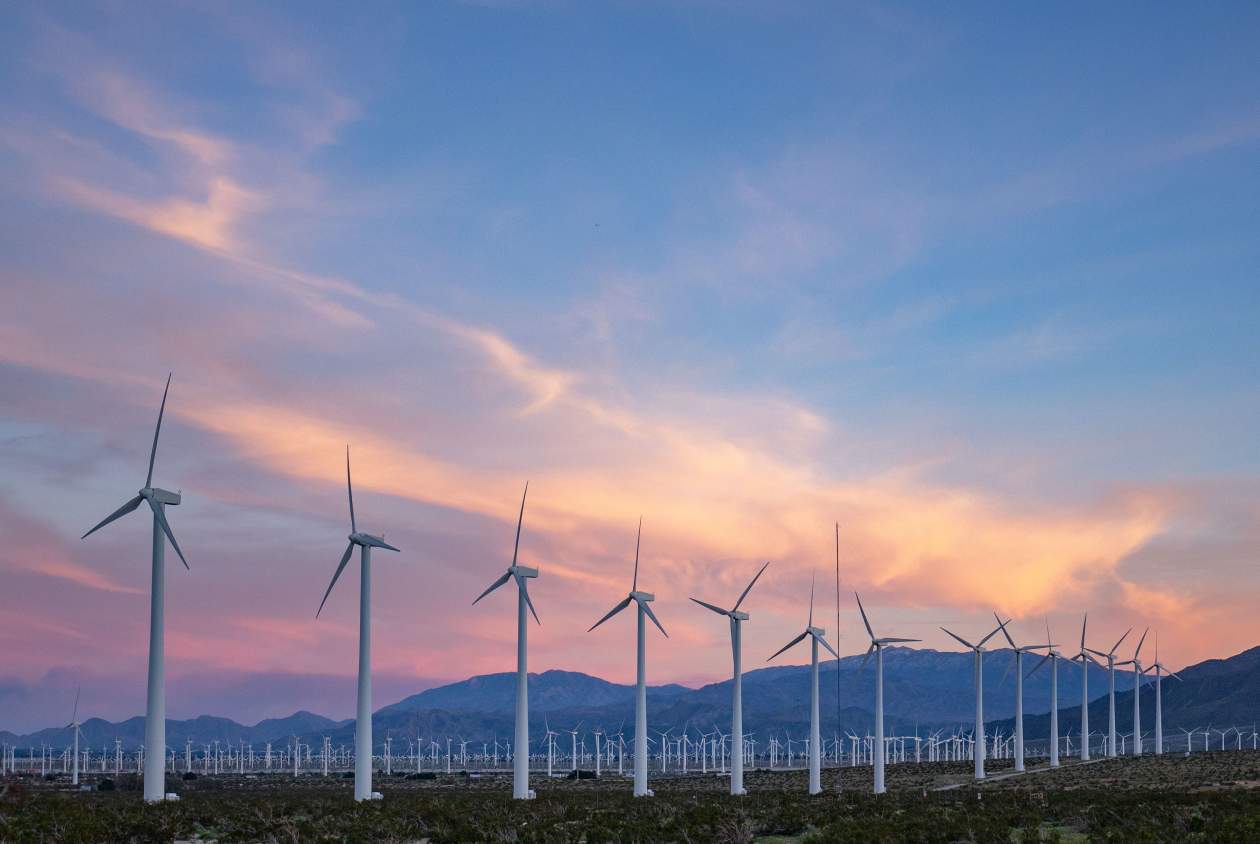IRA is a Gamechanger, but only if we are on a level, frictionless field

To ensure we unlock the Inflation Reduction Act’s full potential, we must prioritize markets and transmission.
When Senator Manchin announced a surprise, black-box deal with Majority Leader Schumer on the 2022 Inflation Reduction Act (IRA) this summer, suddenly it became like the chaos of a game of 52-card pick-up — even for an organization like CEBA, which has proactively supported and developed the clean energy provisions since the beginning of the reconciliation process. All politics aside, as we picked up the cards, we started to like what we saw.
Namely, the 10-year, technology neutral clean energy tax credits, which will accelerate both the scale and pace of a broad suite of clean energy generation by providing as much policy certainty as possible.
Second, between the CHIPS and Science Act and the IRA, we are signaling that we want to make as much of the clean technologies of the future as possible in the U.S.
Of course, the IRA also sets a third major transformation in motion with an unprecedented foundation for electrification that is beyond CEBA’s scope, but combined, these approaches are aimed at tackling some of the biggest barriers to clean energy deployment: getting costs down, uncrimping and shoring up supply chains, and providing stable market signals to go “get after it!”
And yet, the IRA doesn’t immediately solve market issues for customers who generally don’t take the tax credits directly. Despite contracting for 37 percent of all new wind, solar, and storage in the last 10 years, predominantly through power purchase agreements (PPAs), the biggest bottleneck for customers besides increasing costs and supply chain and tariff disruptions, remain:
- Frozen interconnection queues mean projects can’t get connected to the electric grid.
- Broken transmission planning processes that mean we have woefully inadequate transmission to move power across more reliable, interconnected grids.
- Lack of access to organized wholesale markets in 1/3 of the country, where customers can transact in for power purchase agreements, or markets that bring transparency and price competition to protect customers against uncompetitive rate increases.
So that leaves us with the question – what can the IRA do to help customers who want to drive clean energy deployment?
Immediately, perhaps very little. Contracts well under way may not be able to flow the value of the tax credits to the customer, and over the course of the next few months, the U.S. Treasury Department and IRS will need to give guidance on how to best optimize the credits’ value. The value of these credits could be as much as 50 percent for the Investment Tax Credit (ITC), for example, depending on whether it is tied to prevailing wages, apprenticeships, domestic sourcing, and proximity to energy and disadvantaged communities.
But past the horizon, there are signs of optimism that it is possible to break down the logjam preventing customer demand from being realized. And significantly, these tax credits could help tip the balance in regions where markets do not exist and where utilities have historically demonstrated a preference for building and operating fossil fuel power plants.
- The IRA makes the tax credits refundable for public entities including colleges, universities, municipalities, and rural cooperatives, which generate upwards of 20 percent of all U.S. electricity, enabling previously excluded public entities to join the clean energy market.
- There are specific provisions to help rural co-ops transition to cleaner forms of energy, where previously they were economically stuck.
- The technology neutral incentives mean there is new life breathed into existing nuclear plants needed for clean baseload. And the extension of the credits to small modular nuclear reactors, hydrogen and carbon capture will lower the cost and accelerate the time in which these promising technologies could become economically viable, giving fossil fuel dependent utilities options to maintain their existing plants but still meet zero carbon expectations.
- These credits will level the playing field enabling incumbent utilities to capture the value of the new credits and profit from developing renewables in the same way as independent developers, which if done under competitive solicitation, could bring a lot of new clean energy to all customers at lower cost.
The Rhodium Group estimates IRA’s clean energy incentives will lead to 75 percent of IRA’s GHG reductions and clean energy will comprise 80 percent of all electricity generation in 2030. That peacefully assumes no regulatory friction slowing or preventing clean energy projects from deploying. The ultimate success of the bill and for customers will depend on whether we can smooth the deployment path by addressing interconnection queues, getting transmission planning right to build the grid “inter-state highway system” of the 21st century, and making sure markets are there and working to ensure clean energy is available at lower costs on a level playing field.
Addressing those bottlenecks and barriers takes us to the regulators and the states, but if we can smooth that path, then we are solidly in the game for achieving not just CEBA’s aspirational vision of a 90% decarbonized grid by 2030, but unleashing tremendous benefits for the country, and the world.
–
Come join us to tell that story, and check out CEBA’s work on markets and transmission here.
For a summary of the Inflation Reduction Act click here.
